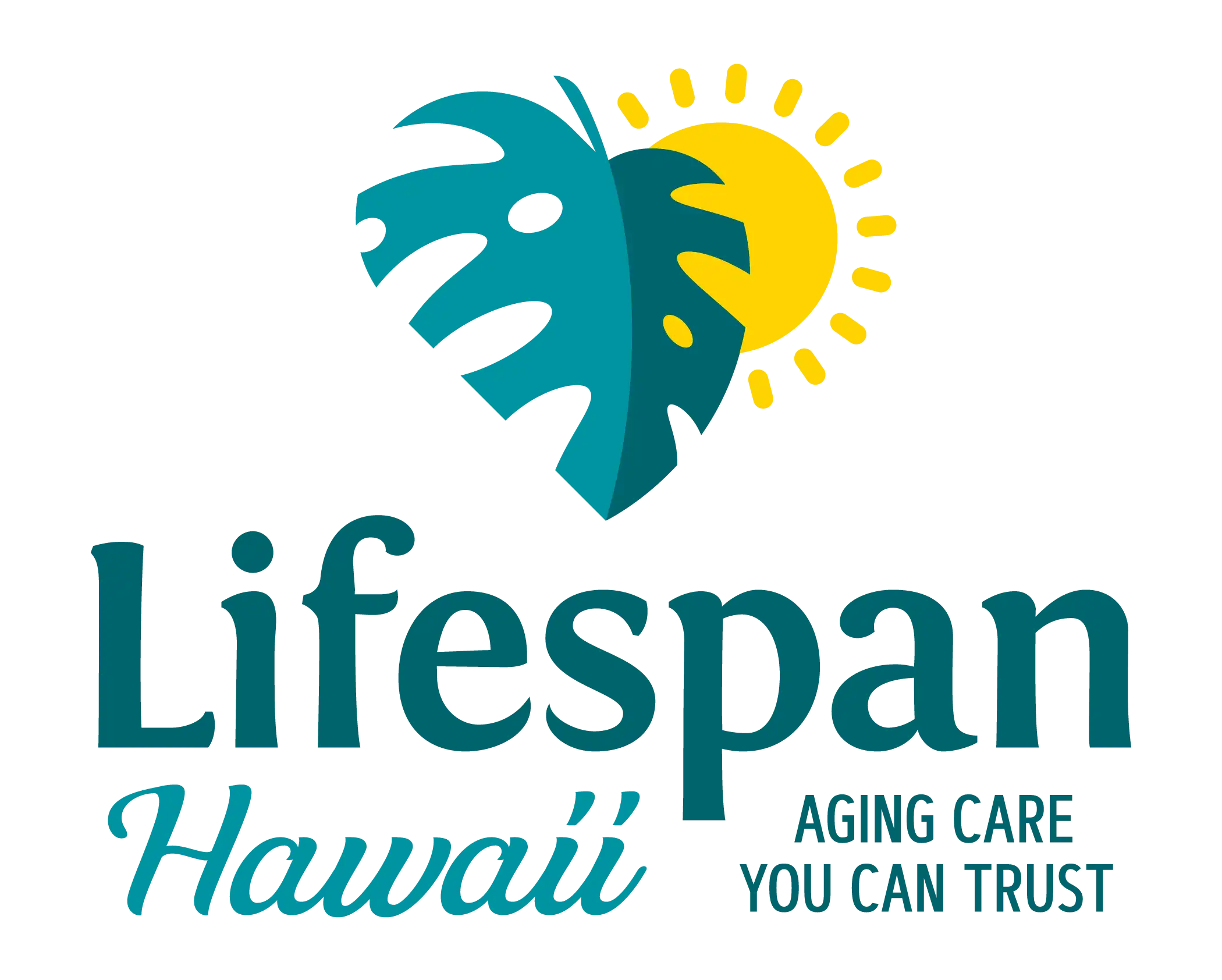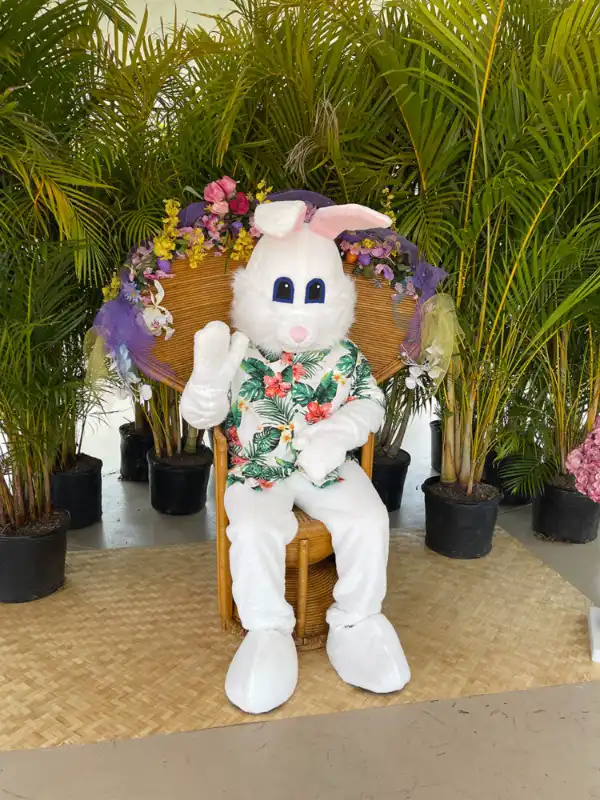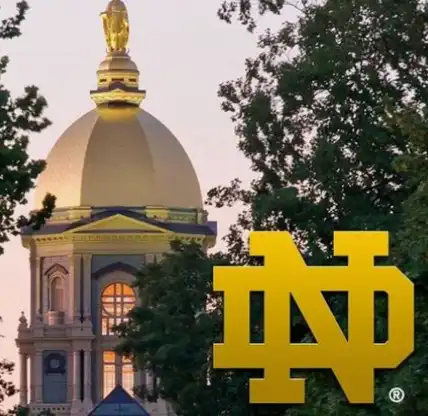Rehabilitated Hawaiian Monk Seals Give Birth to Healthy Pups in the Wild
Two Hawaiian monk seal pups were found so malnourished five to six years ago in the Northwestern Hawaiian Islands that they were not expected to survive past their first birthdays.

But Meleana and Ama’ama did, after six to eight months of care at Ke Kai Ola, the hospital dedicated to caring for the endangered seals at The Marine Mammal Center in Kailua-Kona.
Now, the once struggling pups are moms.
During their annual field camp trips to the Northwestern Hawaiian Islands over the summer, researchers with the National Oceanic and Atmospheric Administration found the seals healthy and with pups of their own.
These are the first detected births in those islands by seals that have been rehabilitated at the center’s hospital, according to NOAA officials.
“The birth of these two Hawaiian monk seal pups from former patients is a real milestone to this endangered population and is a powerful example of the impact of conservation efforts by NOAA and programs like ours,” said Dr. Sophie Whoriskey, Hawaiian Monk Seal Conservation Veterinarian at The Marine Mammal Center.
Meleana and Ama’ama gave birth in the areas of Manawai, also known as Pearl and Hermes Reef, and Lalo, or French Frigate Shoals.

“Everybody looked great,” Dr. Michelle Barbieri, Lead Scientist for NOAA’s Hawaiian Monk Seal Research Program, told Big Island Now. “They did great as first time moms and successfully weaned their pups.”
Due to lack of food, Bariberi said it’s hard to be a monk seal from 1 to 3 years old, but Meleana and Ama’ama have set their pups up for success.
Finding the two seals was special for Barbieri. She was at Ke Kai Ola in 2014 and 2015 when the pair came in as malnourished pups. At that time, the NOAA scientist had a shared role with the mammal hospital as a conservation medicine veterinarian.
Barbieri recalled spending a lot of time with the animals.
“Before The Marine Mammal Center opened Ke Kai Ola in 2014, there were no options to save undersized pups,” she said. “Now these pups, that would have most certainly died in the wild, are having their own pups, an important step to population growth for this endangered species.”












